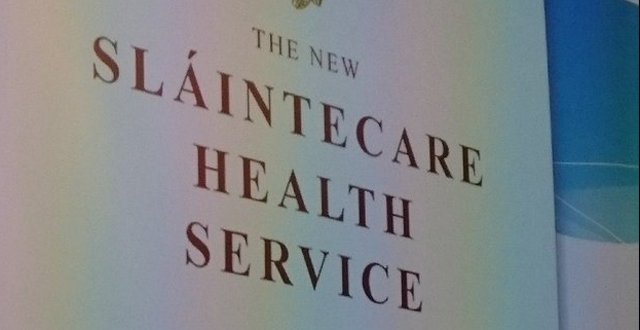
What is
Sláintecare? Is it the first report launched in May 2017? Or is it the targets
contained in the implementation plan released in August 2018 and the action
plan published earlier this month?
The original
idea behind Sláintecare was ambitious. It was intended to take the ‘politics’
out of healthcare. This would be achieved by getting cross-party consensus for
a longterm strategy, the first of its kind for the sector. Almost two years
since the first strategy was published, it is worth looking at what was
contained in the original document. A striking feature is the very specific
funding commitments outlined, such as the €455 million earmarked for universal
GP care over a five-year period. Overall the plan was to cost €2.6 billion,
plus once-off transitional funding.
It also
provides targets for waiting lists. The document states that no person should
wait more than 12 weeks for an inpatient procedure, 10 weeks for an outpatient
appointment and 10 days for a diagnostic test. This and other waiting time
targets were to be given a legislative basis in the Irish (Sláinte) Health Act.
The legislation was to have been introduced by spring 2018, which did not
happen. Nor is there mention of the Act in either the implementation plan or the
2019 action plan.
While the
original intention was to have the Sláintecare office located in the Office of
the Taoiseach, it is now part of the Department of Health. The reduction and
removal of patient charges was a key part of the first document, with the
removal of inpatient charges to have been achieved in the first year. Instead
of removing or reducing charges, the 2019 action plan commits only to reviewing
the basis for existing hospital and medical charges. Also, many projects, such
as the implementation of the HSE’s models of care would have been happening
anyway, without the Sláintecare banner. The need for a new GP contract has been
called for long before the strategy and shows little sign of being achieved in
the near future.
Chair of the
cross-party Oireachtas Committee, which developed Sláintecare, Deputy Róisín
Shortall labelled the action plan “wishy washy” and “underwhelming”. In
particular, Deputy Shortall said there was still no proper budget for the
strategy and that the commitment to universal access has been “kicked into
touch”.
On twitter,
member of the Sláintecare Implementation Advisory Council Dr Anthony O’Connor
disputed Deputy Shortall’s comments, stating that “nobody who has actually read
this report would call it underwhelming. It’s incredibly ambitious”. He then
accused the Social Democrats of playing politics, which Sláintecare was
intended to end.
There are a large number of projects listed in the 57-page action plan.
The publication of the plan is to be welcomed in the interests of transparency
and providing a focus for reform. As ever, however, question marks will hang
over the strategy until more funding is released and the major reforms, such as
the removal of private practice from public hospitals, are implemented.





Leave a Reply
You must be logged in to post a comment.